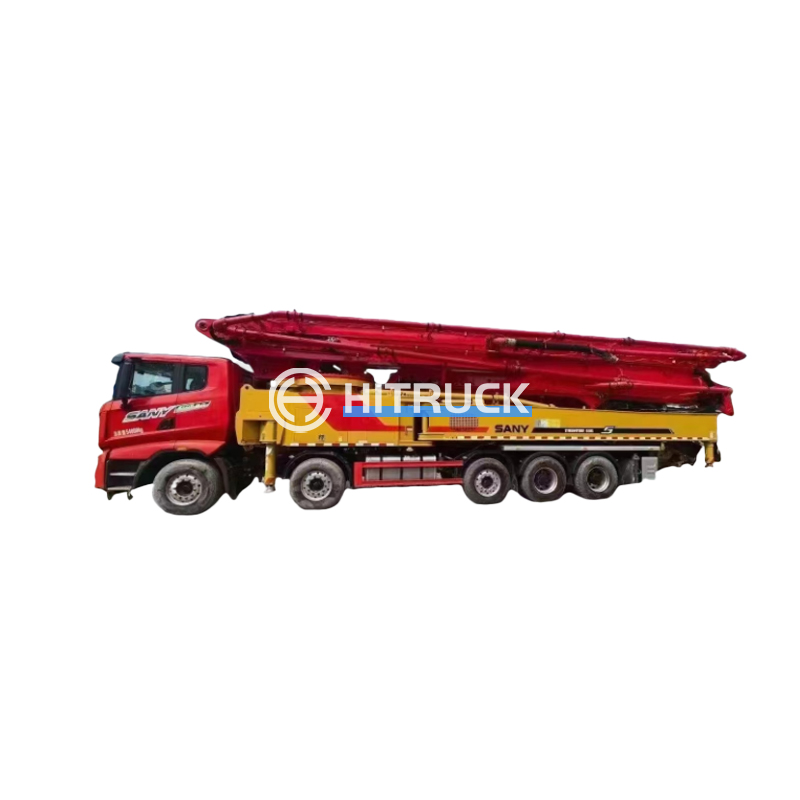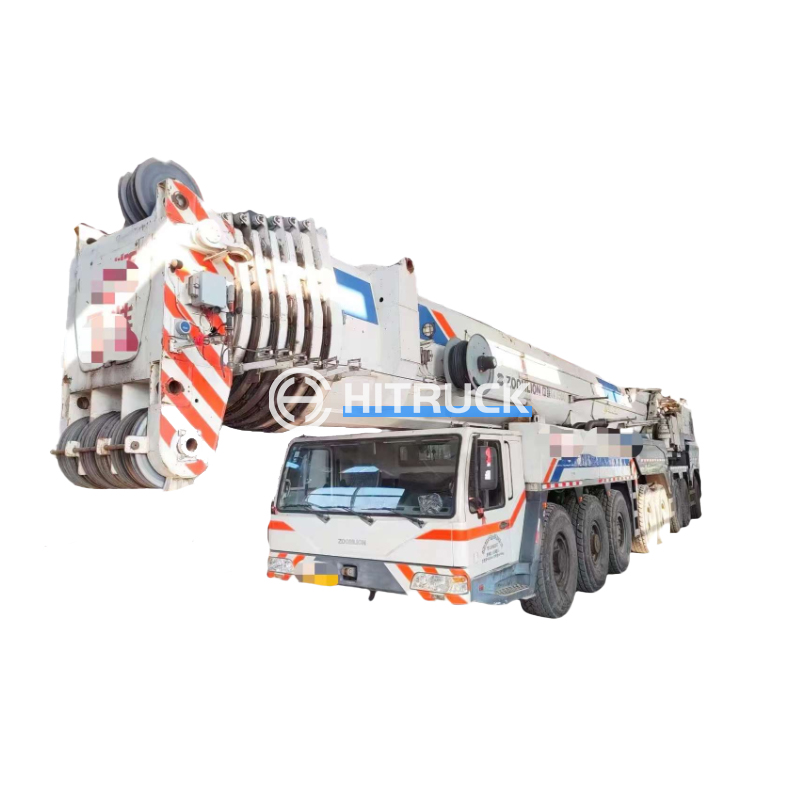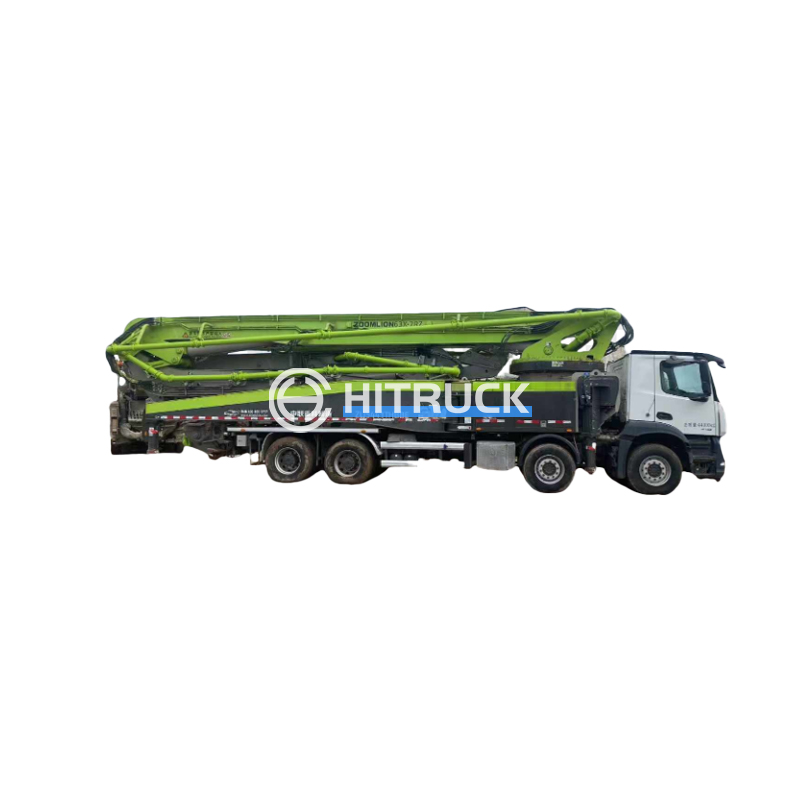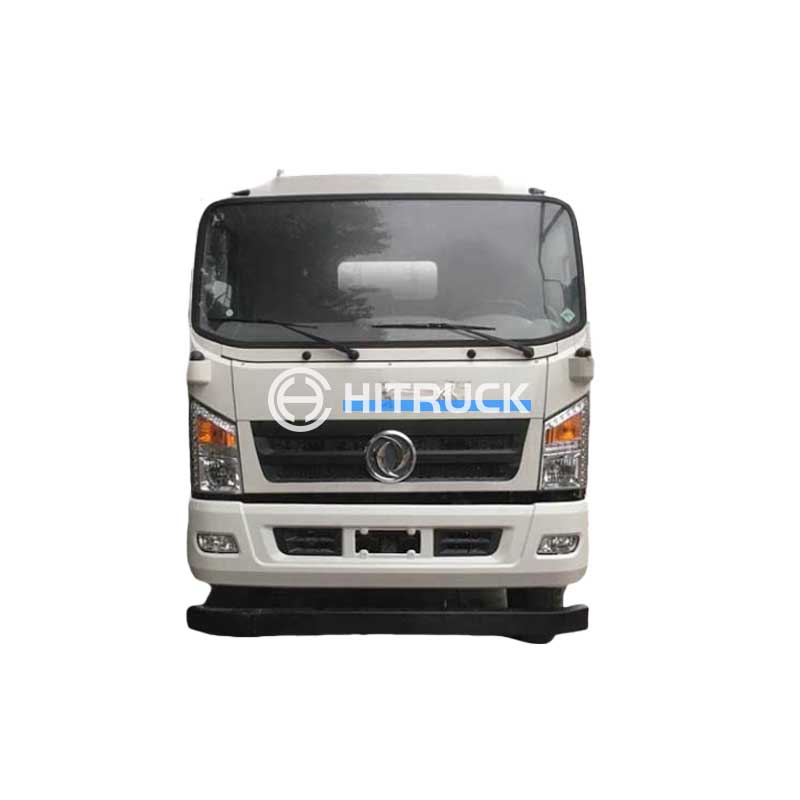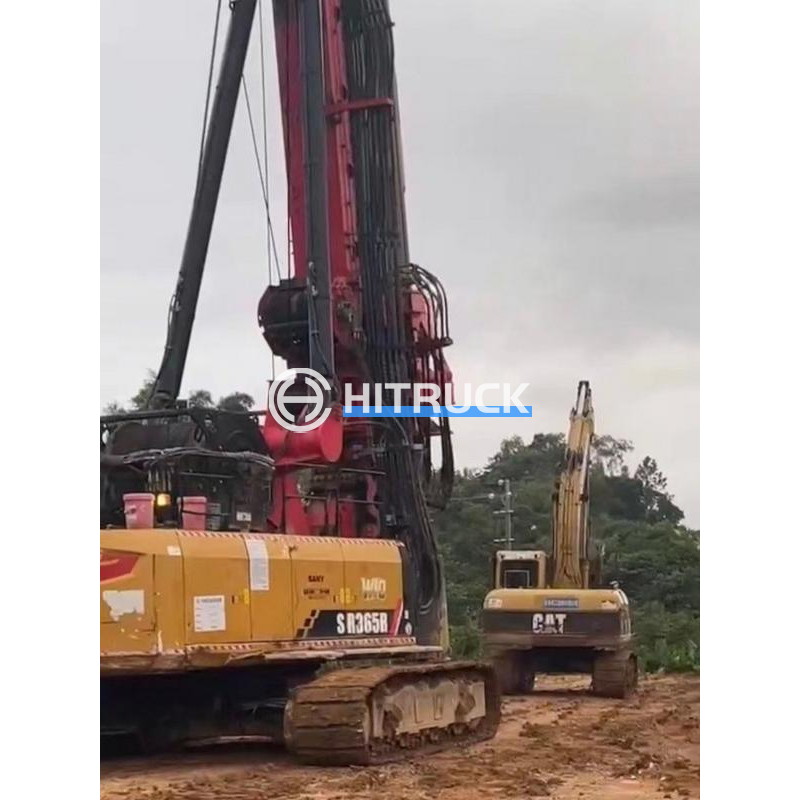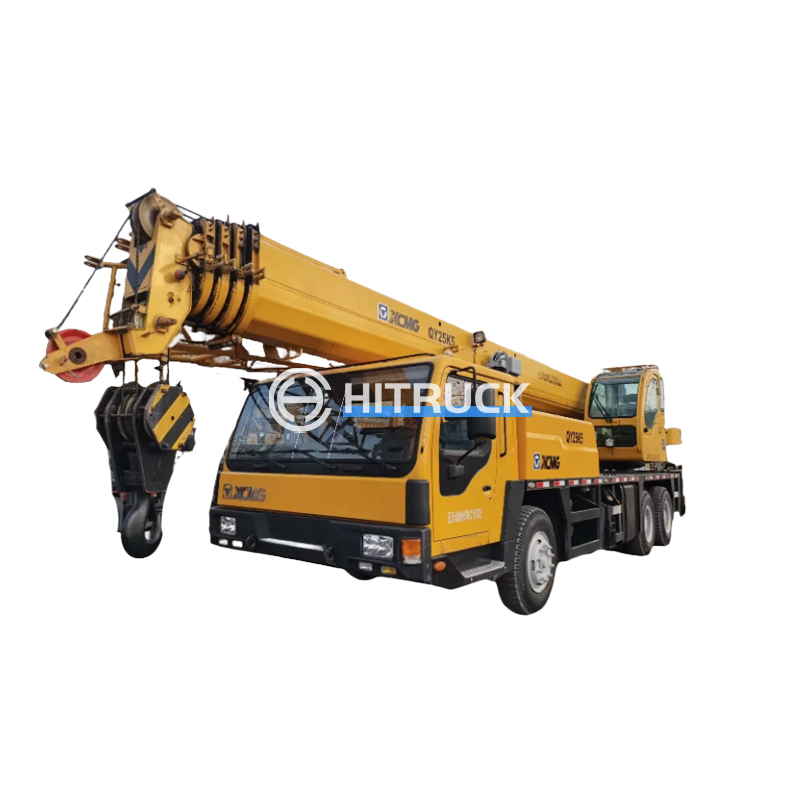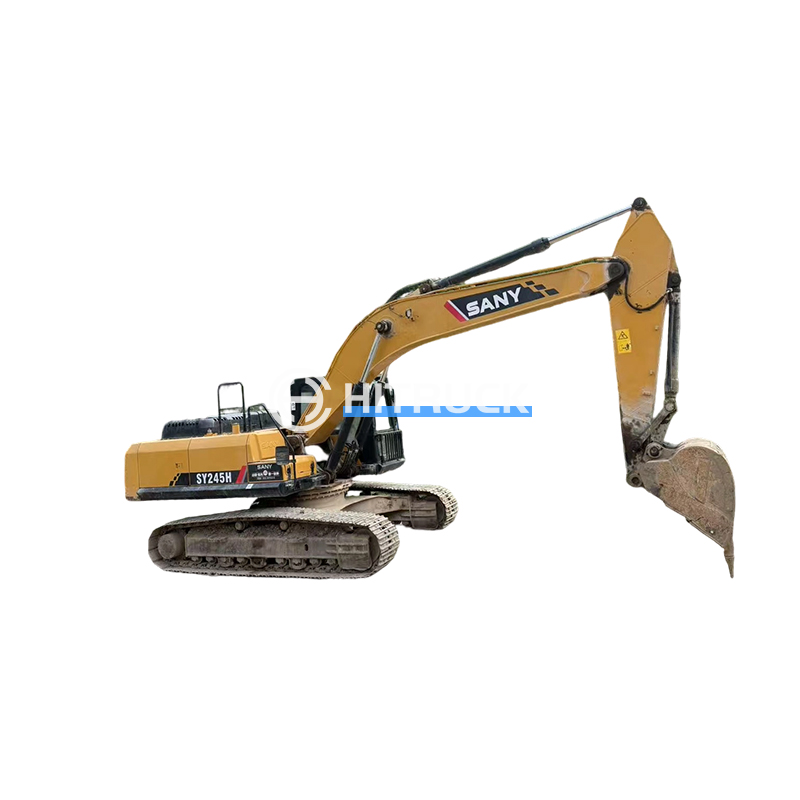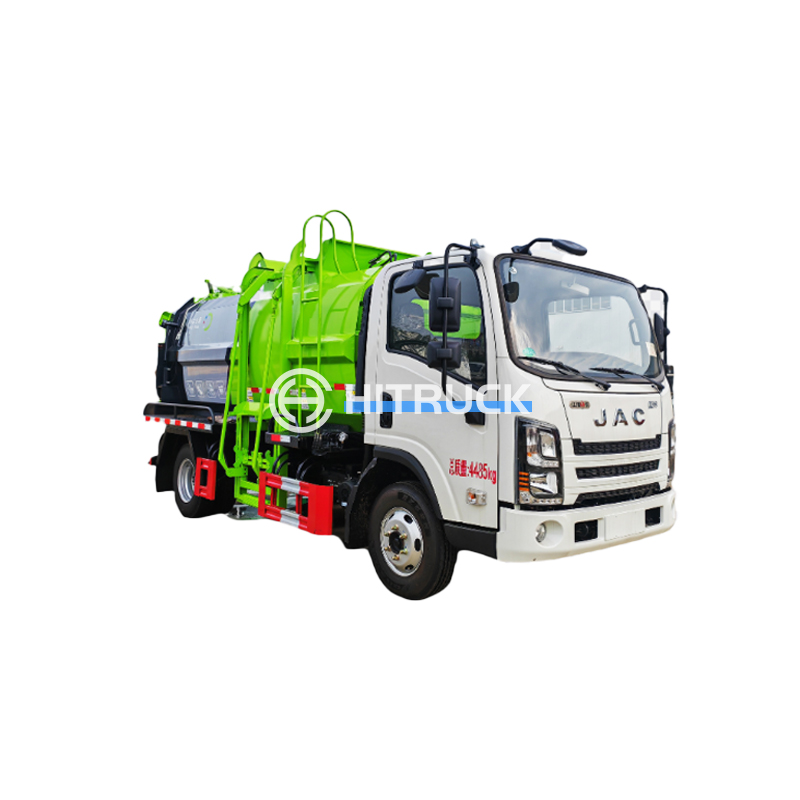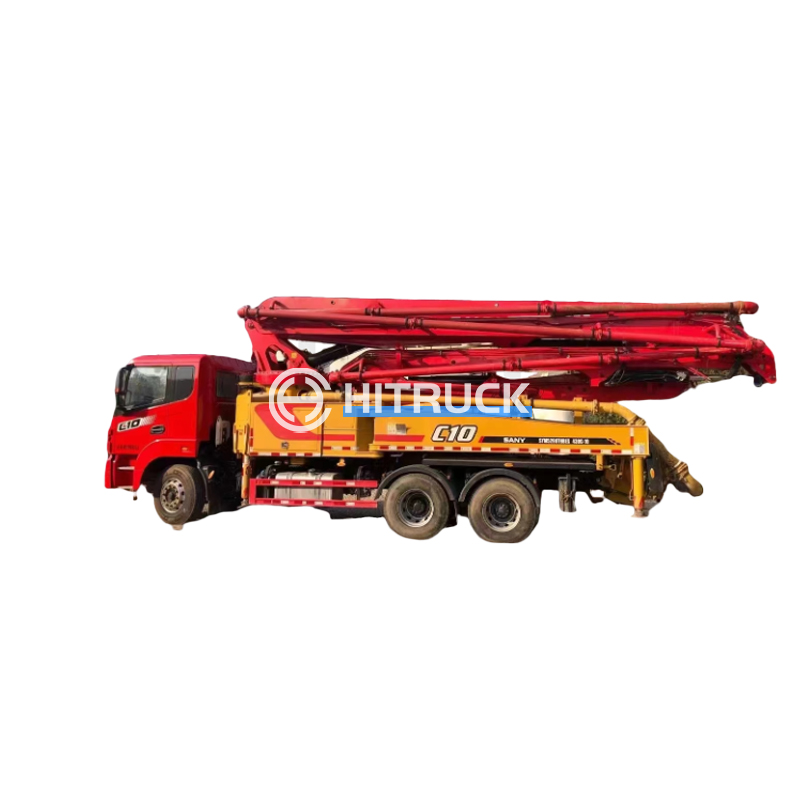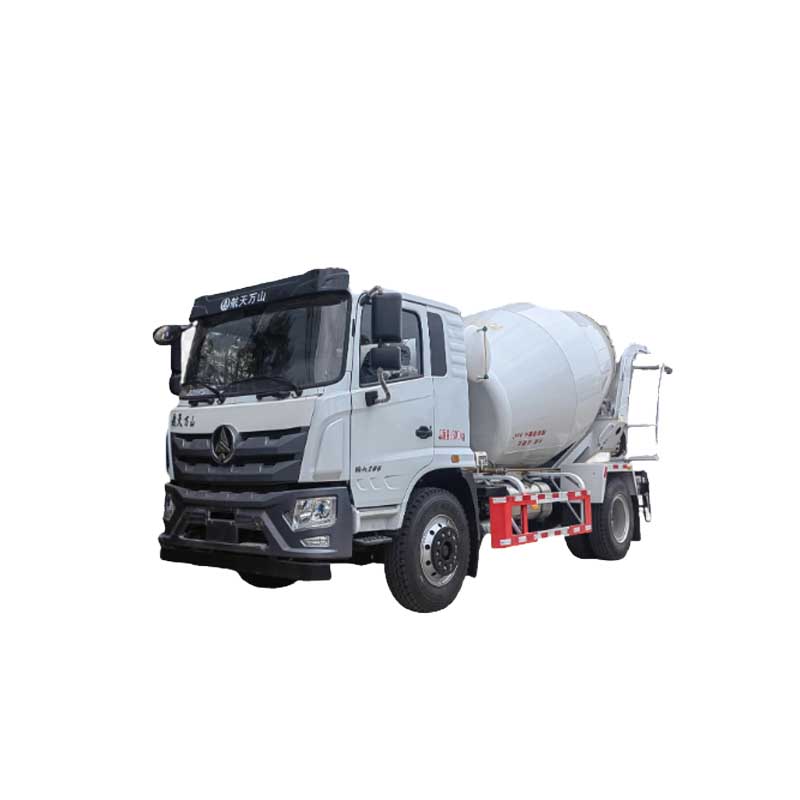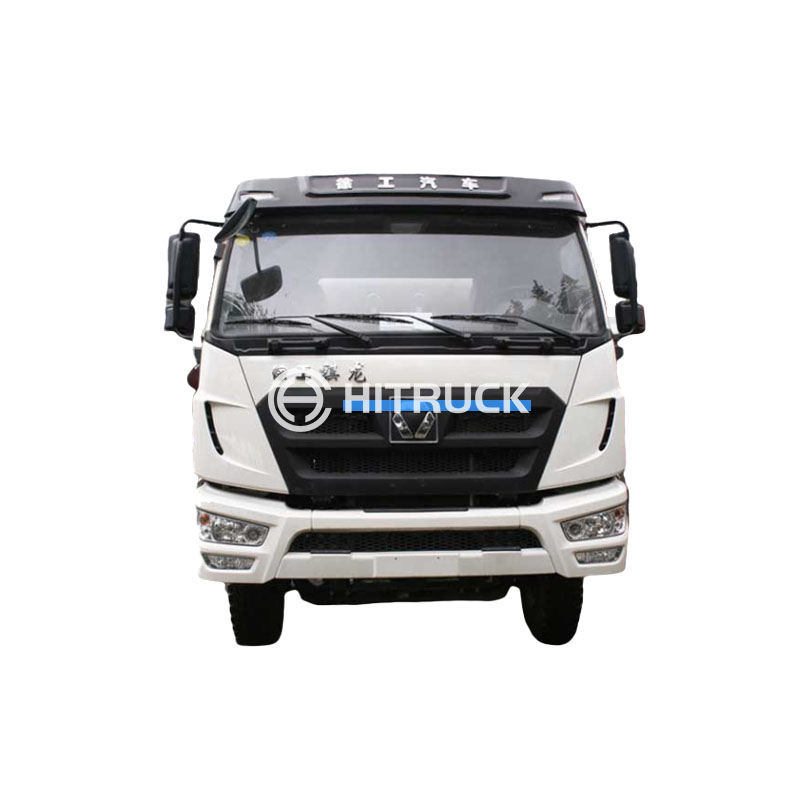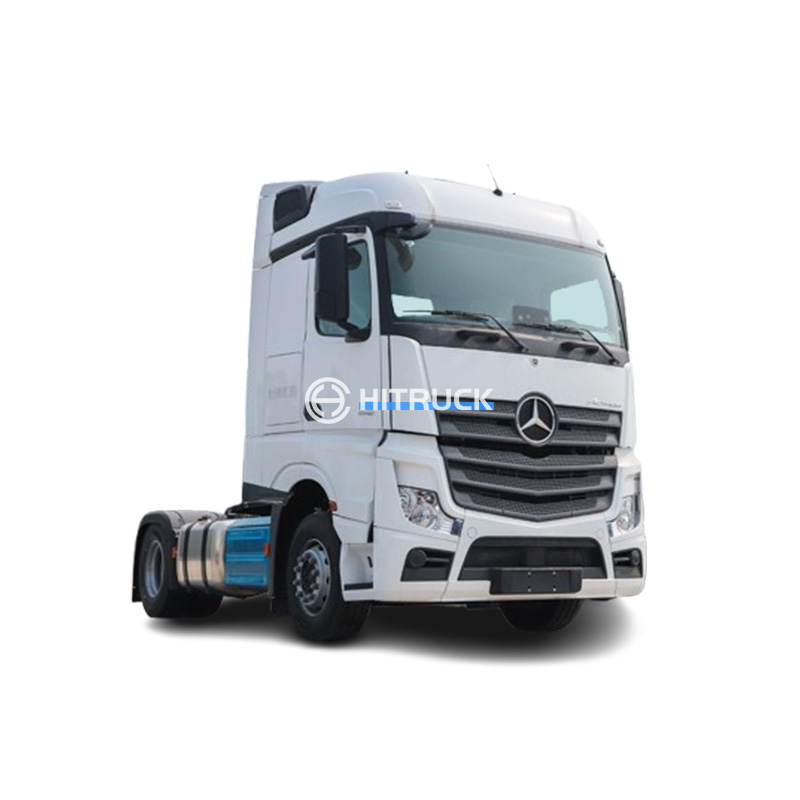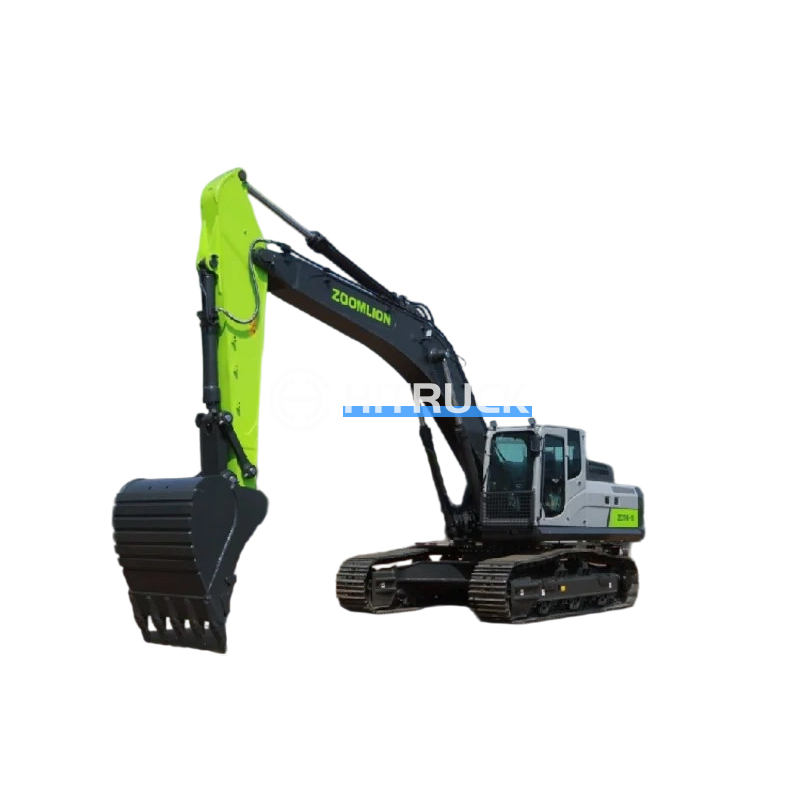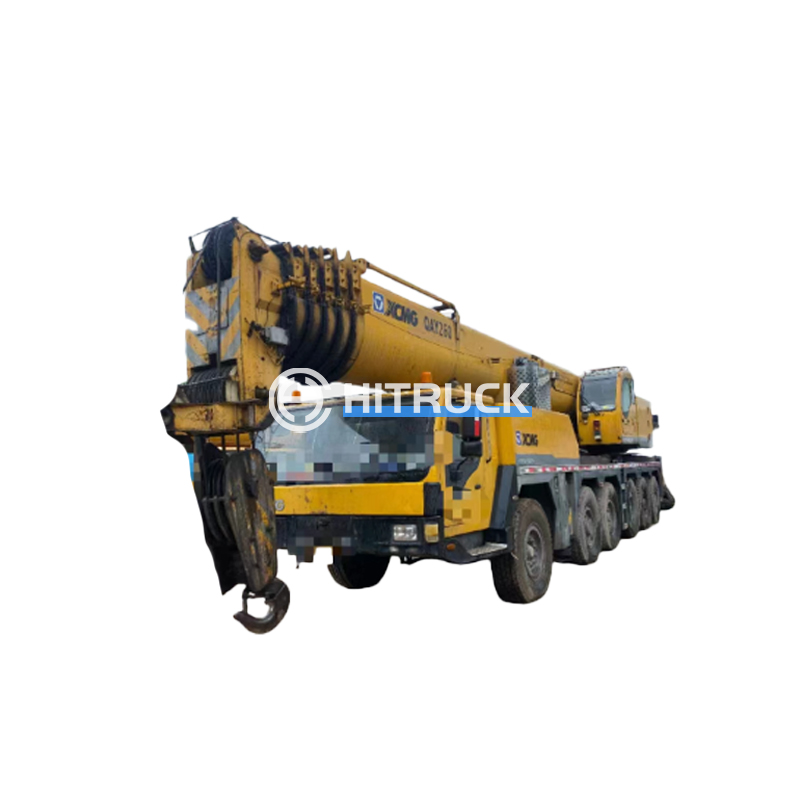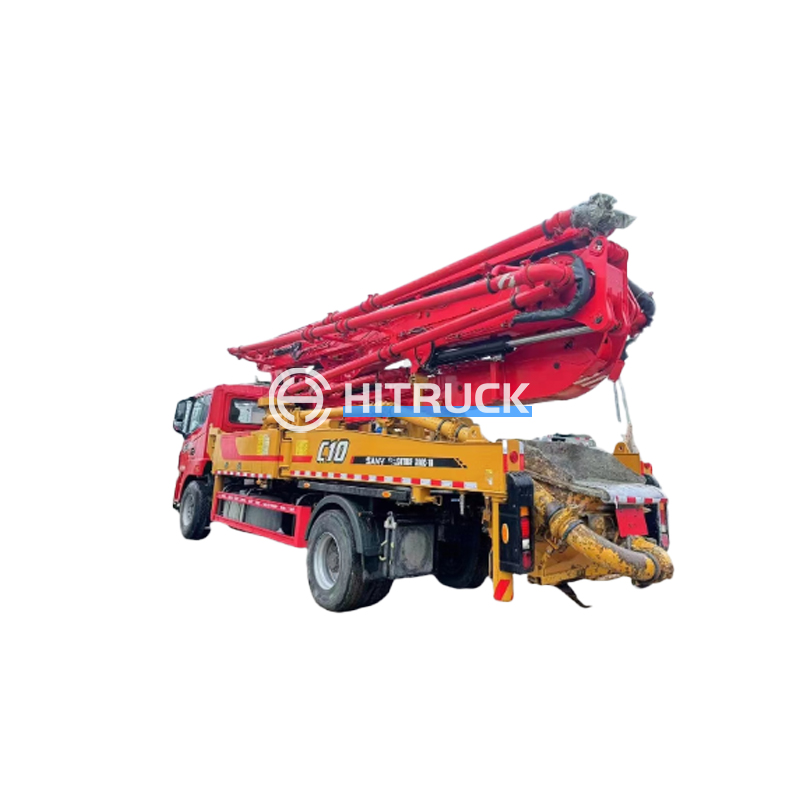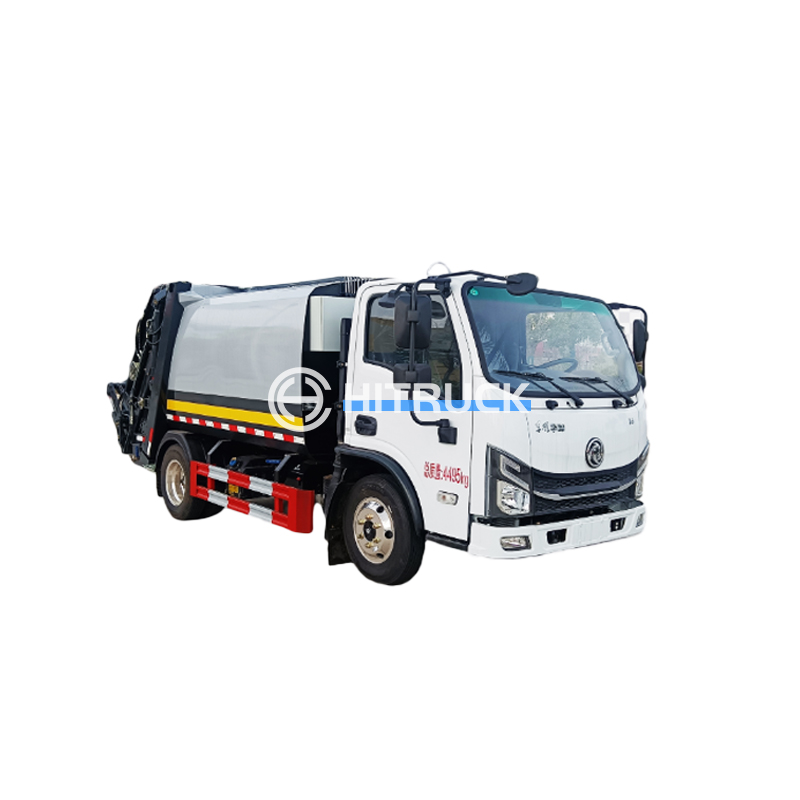Understanding and Utilizing Fire Truck Cranes
This article provides a comprehensive guide to fire truck cranes, exploring their functionality, applications, different types available, and considerations for their use. We'll delve into the technical specifications, safety protocols, and maintenance requirements, offering a practical understanding of this specialized equipment.
What is a Fire Truck Crane?
A fire truck crane, also known as a fire aerial ladder, is a type of specialized crane integrated into a fire truck chassis. It's designed for high-reach rescue operations, providing firefighters with access to elevated areas during emergencies, such as building fires or rescues from high-rise structures. These cranes are crucial for various rescue and emergency scenarios, showcasing the versatility of modern firefighting equipment. The reach and lifting capacity vary greatly depending on the specific model and manufacturer. Selecting the right fire truck crane depends heavily on the anticipated needs of the fire department and the types of structures and challenges within its service area.
Types of Fire Truck Cranes
Articulating Cranes
Articulating cranes offer exceptional maneuverability, allowing for precise positioning even in tight spaces. Their multiple segments allow for a high degree of flexibility, reaching over obstacles and into challenging locations. They are often preferred in urban environments with narrow streets and dense buildings. The articulated design adds complexity, potentially increasing maintenance costs.
Telescopic Cranes
Telescopic cranes extend in a straight line, providing a simpler design with potentially lower maintenance requirements. They offer excellent reach and lifting capacity, making them suitable for high-rise rescues and operations requiring significant lifting power. However, their linear extension may limit their maneuverability in confined spaces compared to articulated models. This makes site assessment and careful planning crucial before deployment.
Key Features and Specifications
Key features to consider when evaluating a fire truck crane include:
- Reach: The maximum horizontal and vertical distance the crane can extend.
- Lifting Capacity: The maximum weight the crane can safely lift.
- Boom Length: The length of the crane's arm.
- Rotation: The degree of rotation the crane can achieve.
- Stability Systems: Features ensuring the crane's stability during operation.
Safety Considerations and Maintenance
Safety is paramount when operating a fire truck crane. Regular inspections, operator training, and adherence to strict safety protocols are critical. Proper maintenance, including lubrication and regular checks of all components, is essential for ensuring reliable and safe operation. This includes inspections of hydraulic systems, electrical components, and structural integrity. Ignoring maintenance can lead to equipment failure during critical situations, potentially compromising safety and rescue efforts. For detailed maintenance schedules, always consult the manufacturer's specifications.
Choosing the Right Fire Truck Crane
The selection of a fire truck crane should be based on a thorough assessment of the fire department's specific needs and the challenges presented by the local environment. Factors such as building heights, road conditions, and the types of rescue operations frequently encountered should all inform the decision-making process. Consulting with experienced fire safety professionals and crane manufacturers is highly recommended.
Where to Find Fire Truck Cranes
For high-quality fire truck cranes and related equipment, consider exploring reputable suppliers like those found within the specialized vehicle market. Many manufacturers offer a wide range of models to meet diverse requirements. Always conduct thorough research to ensure you are selecting a reliable and reputable supplier before purchasing such specialized equipment. Suizhou Haicang Automobile sales Co., LTD is one such example of a company dedicated to providing comprehensive solutions in the heavy-duty vehicle sector.


